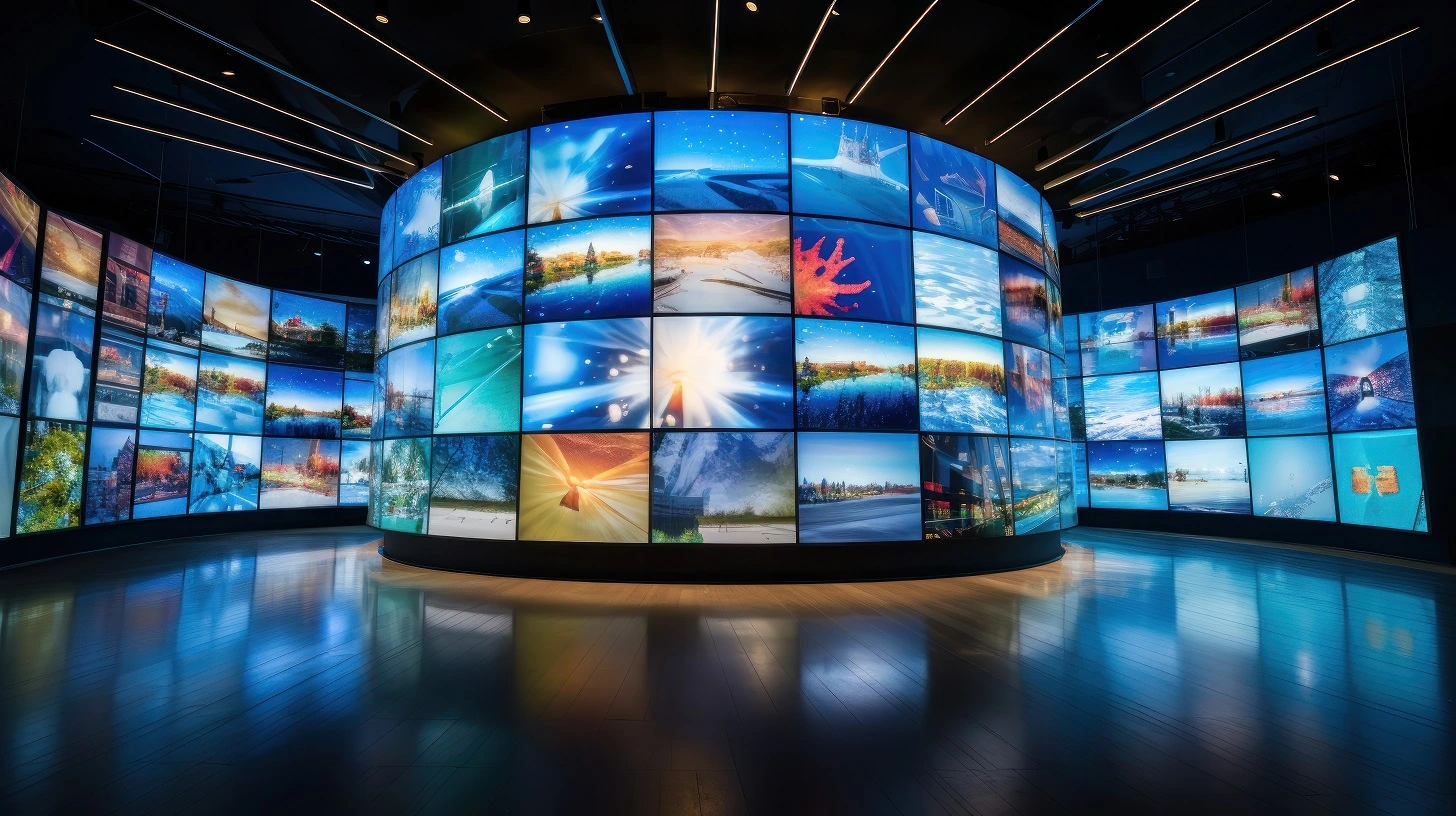LED panel panels are more and more popular in various settings, from homes to commercial spaces and communal areas. Such screens tend to be known for their bright and vibrant visuals, which render these suitable to conveying information, advertisements, as well as engagement. However, understanding the brightness levels of LED wall panels is crucial for guaranteeing ideal visual efficacy. Brightness is measured using metrics called nits, which show the amount of light is emitted by the screen. A greater the quantity in candelas, the brighter a display will be. For instance, example, one panel boasting one thousand nits stands considerably more vivid than a with 500 nits, rendering it more suitable for well-lit environments.

As you selecting a Light Emitting Diode panel screen, it is crucial to consider the environment in that the screen will be placed. For brightly illumined areas, like retail environments and open-air locations, higher increased luminosity rate becomes necessary to guaranteeing clarity. On the other hand, within dimmer environments, like cinemas or conference rooms, lower diminished illumination rate might be adequate. This is because excessive brightness within a dark environment can lead to discomfort among viewers, making it more difficult to focus on the display. Therefore, understanding the specific requirements of an setup site will aid with selecting the right brightness level for ideal visual experience.
Another important factor to consider is the contrast ratio in an LED panel screen. This contrast measurement indicates the disparity between the brightest most luminous white and the darkest black shade which a panel can produce. A higher differential proportion means the display can it is capable of present more clarity and depth, which improves general visual quality. For example, a panel boasting a differential proportion of ten thousand to additional info one is able to show visuals with greater brilliant hues and crisper features than a with a ratio at 1,000:1. Such is especially crucial in instances where showing visuals and videos which demand high clarity and detail, including presentations and advertising material.
Additionally, the technology mechanism behind LED wall screens has an essential role in their brightness and overall efficiency. Various kinds of LED Full Report technologies, such as OLED as well as Liquid Crystal Display, possess unique characteristics that impact the way luminosity is experienced. Organic Light Emitting Diode panels often offer superior differential and deeper blacks, thereby may improve a viewing experience in dim settings. On the other hand, traditional Light Emitting Diode panels may prove to be better in bright environments due to their capacity for produce higher levels of brightness. Comprehending these tech-related variances can guide consumers to deciding on knowledgeable choices based on specific individual needs.
Finally, consistent care and adjustment of Light Emitting Diode panel screens may help preserve ideal illumination and performance long-term. Dirt and dirt can accumulate in the surface, affecting the brightness as well as sharpness of a display. Periodic cleaning and professional calibration can guarantee that the panel operates in top optimal, providing consistent visual clarity. Moreover, certain advanced Light Emitting Diode panel panels feature built-in integrated options that enable operators for adjust brightness settings as well as color settings according to their wants. By implementing these steps, operators will ensure the LED Light Emitting Diode wall screens provide the optimal visual performance, no matter where environment in that these are used.